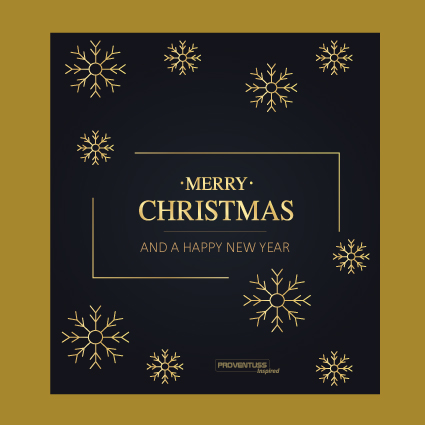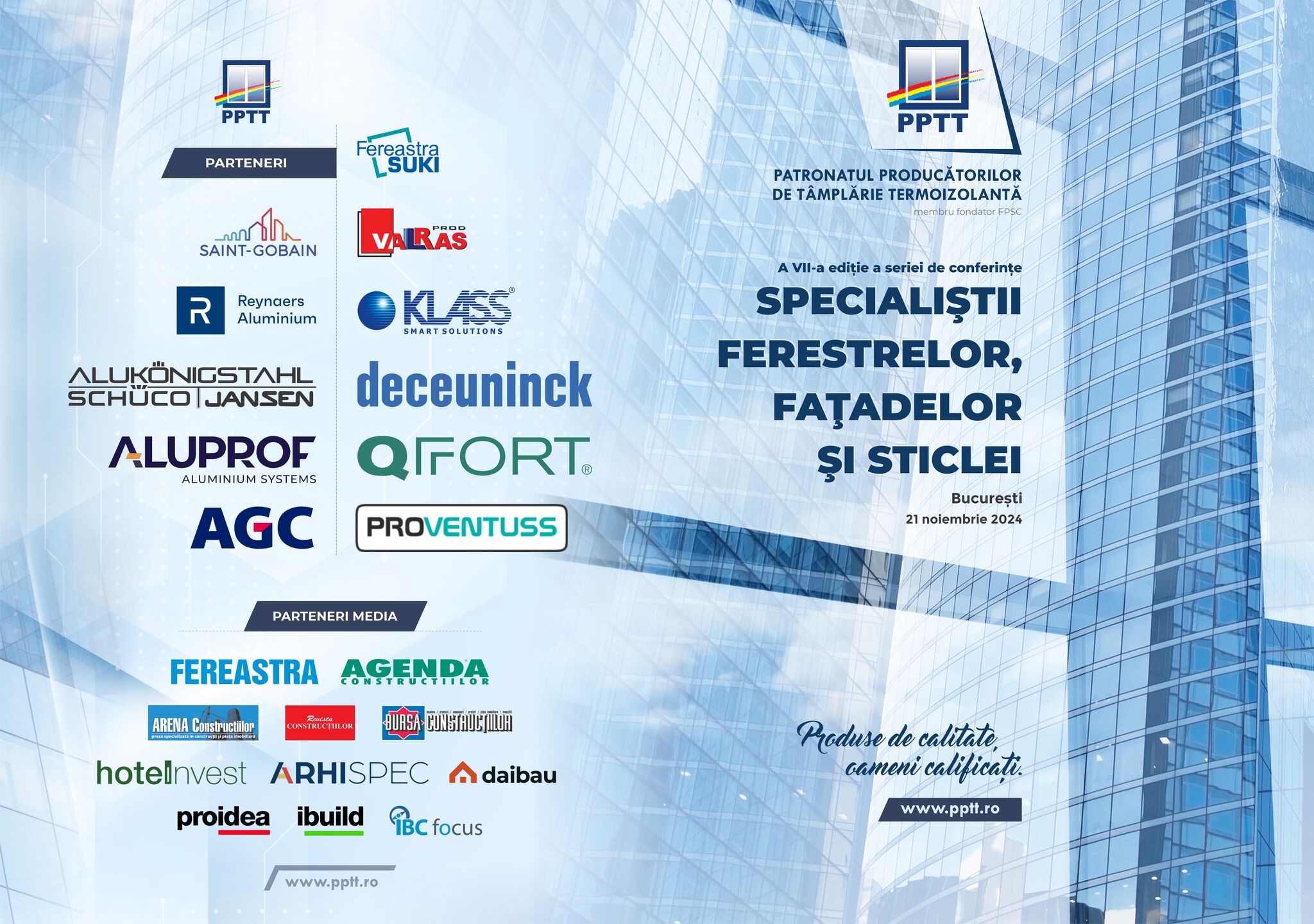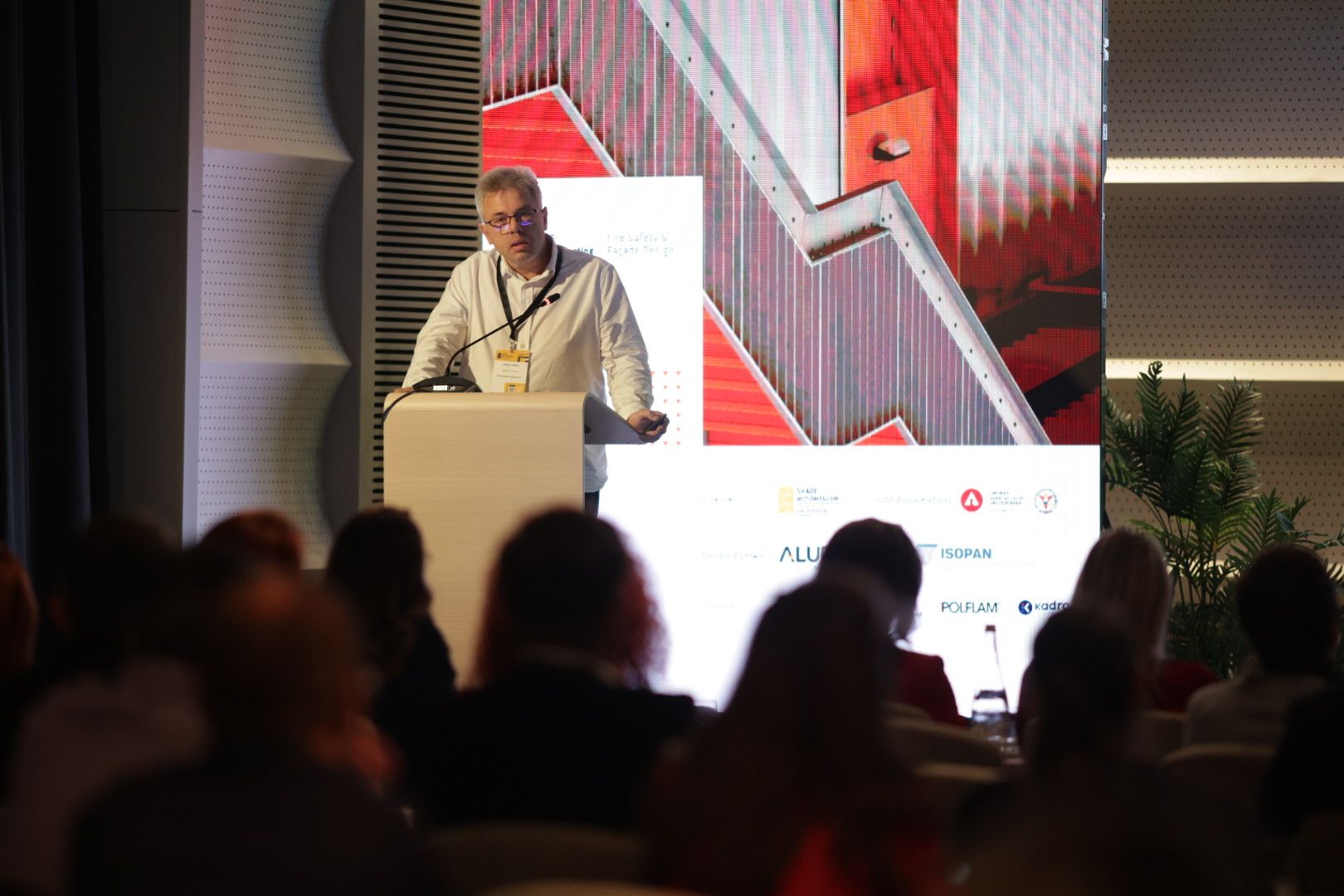The concept of a ventilated facade in construction terminology refers to the facade wall, which, apart from the external protection of the building and ensuring the aesthetics of the building, also has air conditioning functions – in the adopted solutions for draining water vapor and moisture, the phenomenon of gravity ventilation is used.
Such a façade is made of an external wall system, where in its horizontal cross-section there is a characteristic construction detail – an air chamber, also known as a ventilation gap. The first layer is the proper construction layer, the second – an empty space located on its outer, façade side, which can also be filled with thermal insulation, and the third – façade cladding closing the two previous layers, protecting the entire system against the influence of external factors, and at the same time giving the façade an individual character.
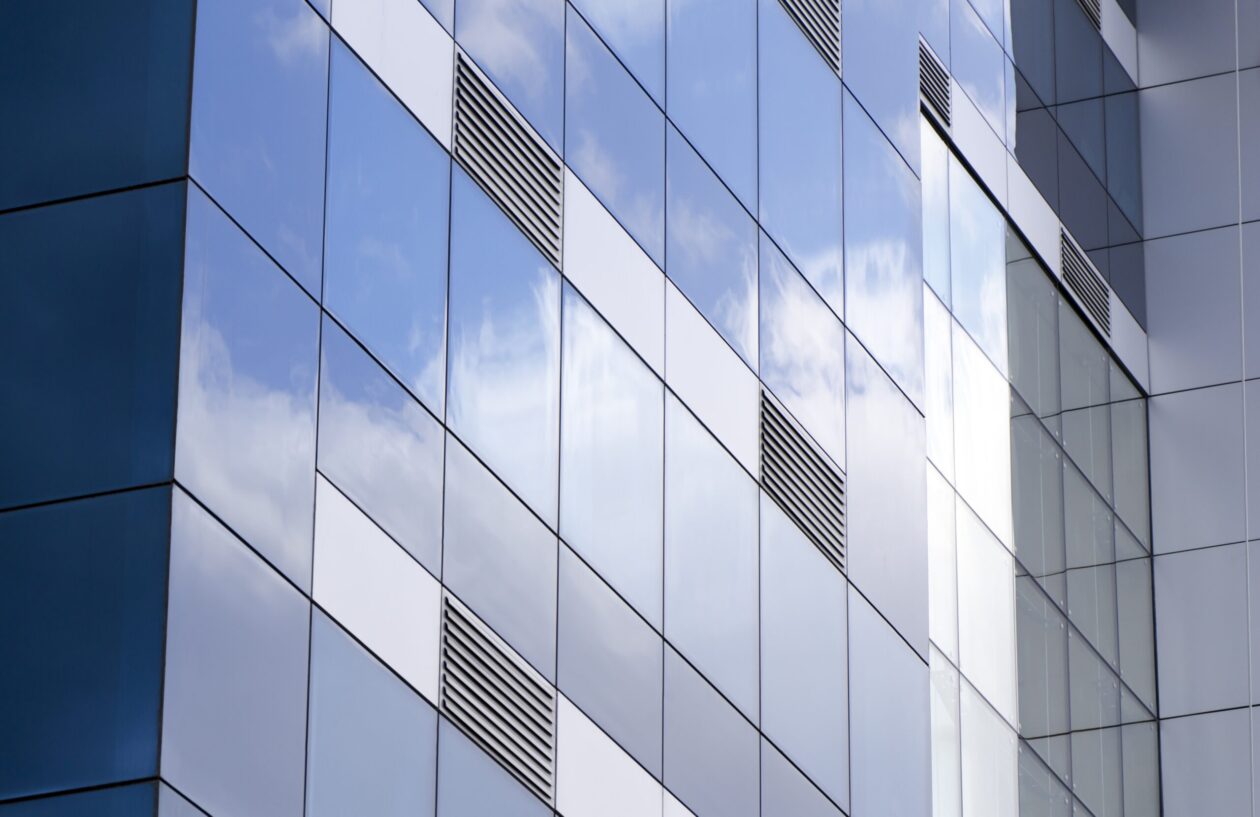
In a nutshell, ventilated facades are the external finishing of buildings consisting in the installation of various types of decorative panels, i.e. Laminam, Equitone, Cembrit, Trespa, Fundermax, Krono, Prodema, Concreate, Alucobond, Reynobond, Stacobond, Marrazzi, Fiber c etc., using an adhesive system or rivets for a metal substructure (usually aluminum) located directly on the wall of the building.
There are three ways of mounting the panels to the substructure:
- mechanical visible – the boards are fixed with rivets or screws passing through the board (with heads in the color of the board) or with catches on its edges;
- mechanical invisible – panels are suspended with special screws or the so-called hangers for the substructure, e.g. located on the back side of the cladding board (they provide adjustment of the position of individual boards and allow for their easy replacement even after the entire facade is completed);
- invisible glued – fastened to an anodized aluminum structure only with the use of specialized adhesives.

Mechanical installation means that the mounting elements are visible on the face of the panel. Rivets are used for aluminum or steel substructures, and screws for wooden substructures. Mounting the board with glue means that there are no visible mounting elements on its surface.
And here the most common question is: “will such glued panels not fall off?” The answer is “No, they won’t fall! “Properly performed assembly in the adhesive system in accordance with the guidelines of the glue and board manufacturer guarantees the absolute durability of such a facade! However, rigid adherence to the rules is absolutely required and absolutely necessary, you cannot omit any guideline or replace it with your own solution. Then there will be no risk of the plate detaching, let alone falling off. The adhesive system is as durable as riveted.
ADVANTAGES OF THE GLUED SYSTEM
- aesthetic appearance – no visible screws or rivets,
- elastic bonding – even tension on the entire surface of the panel, and thus no deformation,
- savings – faster assembly, possibility of prefabrication (gluing in the plant), possibility of using thinner, lighter panels.
Product description PanelFix – a short description of the products that make up the system
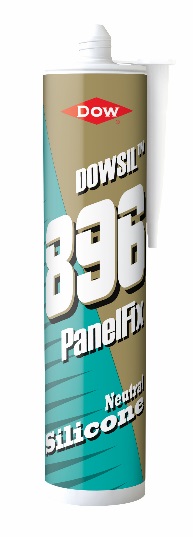
The basis of the Dowsil PanelFix system is the flexible silicone adhesive Dowsil 896 PanelFix, designed specifically for bonding panels made of materials other than glass, requiring high durability and quick execution. The adhesive provides immediate adhesion after application and high adhesion strength when fully cured. Excellent adhesion to many surfaces such as aluminum, ceramics, FRC (fiber reinforced cement), HPL (high pressure laminates), aluminum-based composite panels, etc.

Dowsil Panelfix Tape double-sided adhesive tape is used to initially hold the panels until the adhesive has cured and to ensure a minimum thickness of the adhesive bead.
Cleaners and primers. Depending on the type of glued boards, cleaning or cleaning and priming with dedicated agents such as: Dowsil Construction Primer P for porous boards or Dowsil R40 Universal Cleaner for boards with a smooth surface are required. For the preparation of raw aluminum structures for gluing, it is enough to use one Dowsil R41 Cleaner Plus agent.

It should be noted that the Panelfix system cleaners and primers are colorless, thanks to which we can use a raw, anodized, powder coated aluminum substructure in any color, which further improves the aesthetics of the facade.
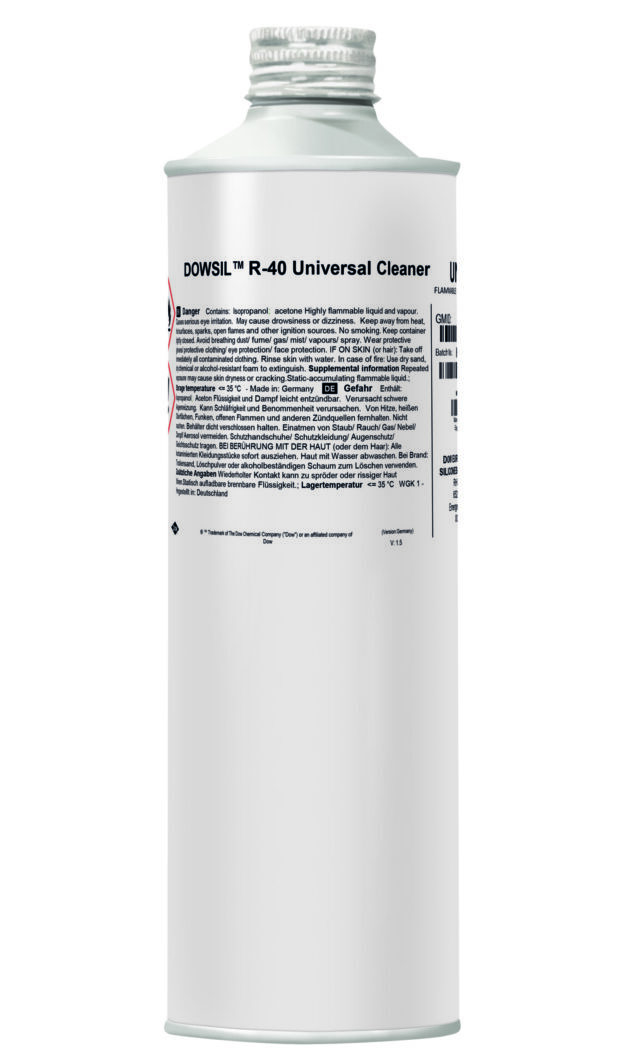
The Panelfix system was the first to receive the European Technical Assessment for use in bonding facade cladding made of panels. Thanks to this, it is possible to use the system throughout the European Union. In addition, the system has undergone many tests in the field of fire safety, including obtained the British BBA certificate in the A2-s1, d0 resistance class.
In terms of national legislation, the Panelfix system was tested by ITB for compliance with the requirements of par. 225. Technical Conditions. As a result of the research, the ITB opinion was obtained confirming the possibility of gluing the panels in class A buildings, where the required evacuation time is 120 minutes.
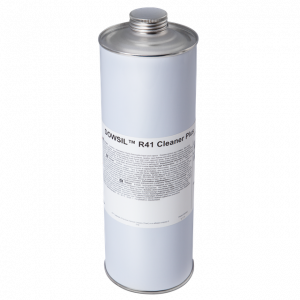
An authorized technical distributor such as Proventuss, together with the manufacturer, DOW, provides extensive technical support, including
- consultations at the design stage aimed at choosing the optimal solution,
- free plate and structure adhesion and compatibility tests
- written recommendations and calculations of the required bonding surfaces
- a wide spectrum of guarantees covering not only the product but also its application
- the possibility of voluntary joining the Quality Bond program, the aim of which is to ensure the highest quality standards of the work performed.

Proventuss was one of the first companies to obtain the Quality Bond certificate for bonding ventilated facades. Thanks to this, the trained and audited staff of Proventuss technical and commercial advisors is able to provide contractors with support on the construction site, conduct training and audits.
The Panelfix system, unlike most competitors’ solutions, is also distinguished by the fact that the adhesive is based on silicone chemistry. Silicone adhesives, unlike polyurethane adhesives, are much better:
- durability
- resistance to weather conditions
- excellent adhesion to many materials without the need for matting or the use of primers.
In today’s architecture there is a tendency to use larger and larger undisturbed surfaces. Also in this case, it is worth paying attention to the possibility of using the PanelFix system to stiffen large-size panels, which are found more and more often.
Please see our bonding video tutorial: https://proventuss.eu/video-porady/?playlist=c5185d1&video=80e6f73

